News:
Eliminating Mercury Skin Lightening Product
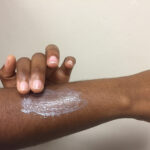 Inorganic mercury is a common ingredient found in skin lightening products (SLPs). SLPs come in different forms, including creams and soaps. BRI is collaborating with the United Nations Environment Programme and the World Health Organization to help eliminate the use of all skin lightening products. Learn more here.
Inorganic mercury is a common ingredient found in skin lightening products (SLPs). SLPs come in different forms, including creams and soaps. BRI is collaborating with the United Nations Environment Programme and the World Health Organization to help eliminate the use of all skin lightening products. Learn more here.
Announcing a Special Issue on Mercury: Global environmental mercury loads in biota and impacts on biodiversity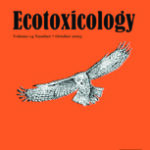
This special issue will strive to provide further understanding of the science needed for both the Minamata Convention On Mercury and the Convention on Biological Diversity. Learn more here.
Minamata Convention on Mercury (COP-5)

The fifth meeting of the Conference of the Parties to the Minamata Convention on Mercury (COP-5) will take place in Geneva, Switzerland, from 30 October to 3 November 2023. Find more information on BRI’s contribution here.
A Global Effort to Protect Human Health and the Environment
The Minamata Convention on Mercury is the first global agreement specifically designed to address contamination from a heavy metal. Opened for signature in 2013, the Convention addresses issues related to the use and release of mercury including trade, industrial uses, and major sources of atmospheric emissions and releases of mercury into the environment, as well as long-term storage and disposal of mercury and mercury compounds. The Minamata Convention became legally binding for all Parties in August of 2017.
BRI’s Contribution to the Minamata Convention
As experts in the field of mercury science, BRI researchers were invited by U.S. government officials to participate as a nongovernmental organization (NGO) during the negotiating process of the Convention. BRI now serves as co-lead of the UN Environment Programme’s Mercury Air Transport and Fate Research partnership area. As a co-lead, BRI assists with development of a globally coordinated mercury monitoring and observation system.
Global Mercury Project Map
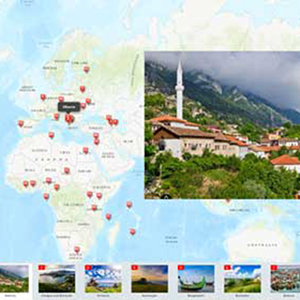
BRI has partnered with numerous UN agencies, countries and their ministries, IGOs, and NGOs around the world to study mercury exposure to people and the environment, and to help meet the goals of the Minamata Convention. Learn more about projects in each country by exploring this interactive map, or click on topics below to explore BRI’s Minamata Convention projects by subject matter.
MIAs and Mercury Inventories
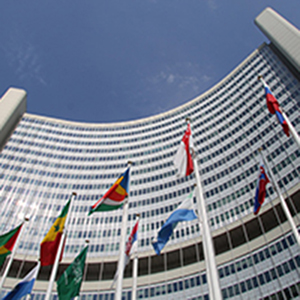
The International Negotiating Committee (INC) and the Global Environmental Facility have developed a series of pre-ratification activities, called Minamata Initial Assessments (MIAs). BRI has partnered with the UN Environment Program (UNEP), United Nations Development Programme (UNDP), and United Nations Industrial Development Organization (UNIDO) to assist 24 countries and their ministries in meeting the requirements of the Convention, and reducing exposure of mercury to humans and the environment.
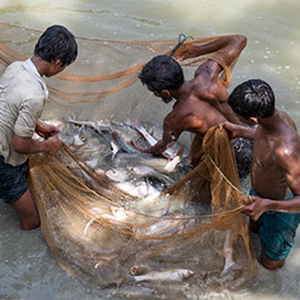
BRI’s Global Biotic Mercury Synthesis (GBMS) database is a compilation of existing seafood mercury data collected from all over the world. Our report Mercury in the Global Environment: Understanding Spatial Patterns for Biomonitoring Needs of the Minamata Convention on Mercury summarizes this data, providing insight into the species of marine organisms with the greatest concentrations of methylmercury. When consumed, these species could pose risks to people, especially sensitive populations and those that eat large quantities of high mercury seafood.

BRI is working on several fronts to conduct and promote mercury biomonitoring across the globe. Biomonitoring is the process of assessing the health of organisms and ecosystems and tracking changes in mercury exposure and risk over time. Monitoring mercury exposure to humans and wildlife will help the global community to meet the requirements of the Convention moving forwards.
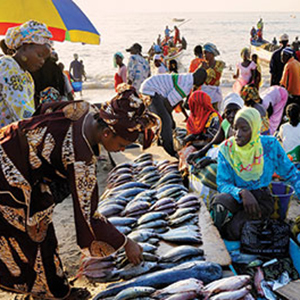
- IPEN: In collaboration with IPEN, our project Global Mercury Monitoring in Humans and Seafood is the first of its kind to identify, in one collaborative effort, global biological hotspots that represent elevated levels of mercury exposure that may pose serious threats to both ecosystem and human health.
- Cosmetics: In collaboration with the Zero Mercury Working Group, BRI has developed methodology to test skin lightening products for mercury, and has collected and tested hundreds of samples from countries across the globe.

Artisanal and small-scale gold mining (ASGM) is the largest single source of mercury emissions in the world, representing nearly 40 percent of all global emissions. BRI works with the U.S. Department of State and international partners to identify techniques that will improve mining efficiency while also reducing the reliance on mercury to extract gold
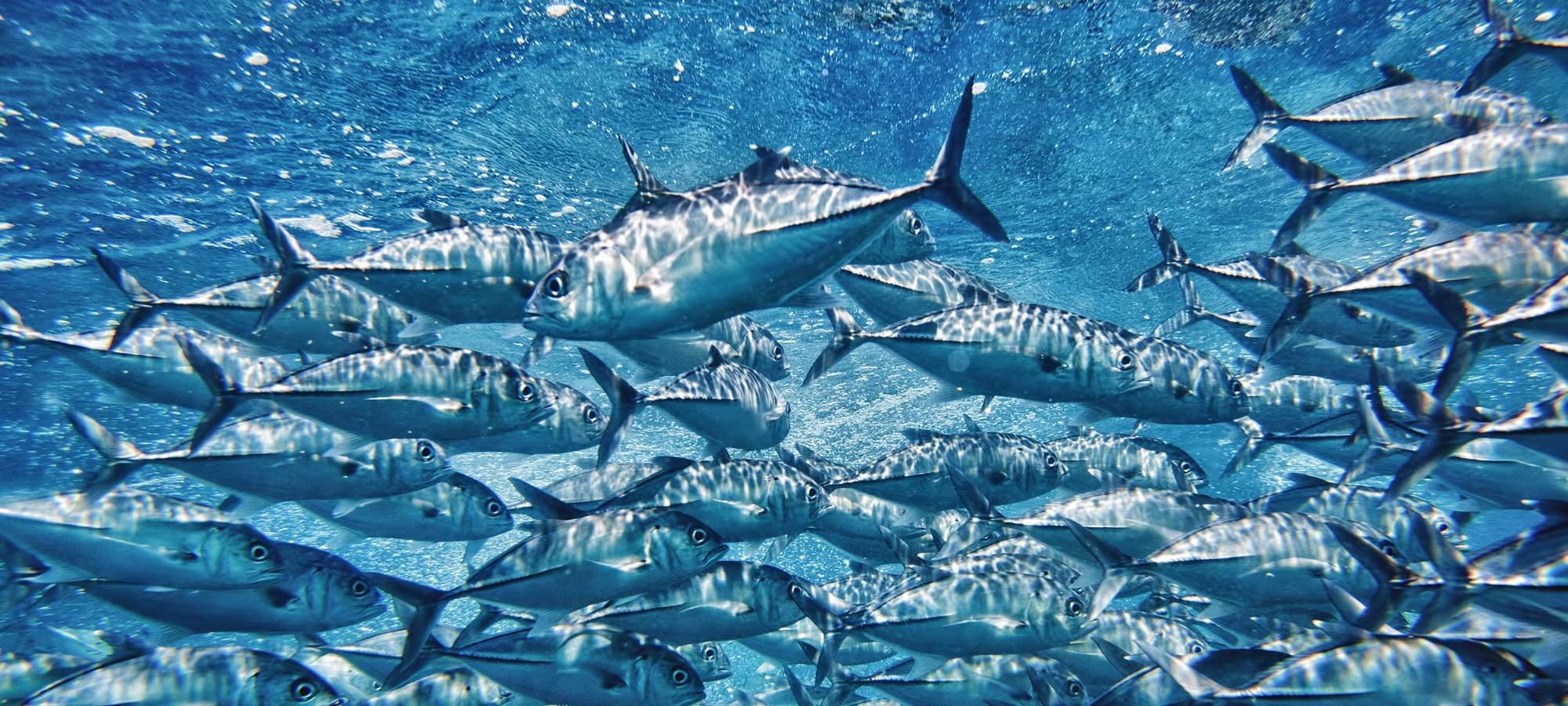
Photo Credits: Header photo: © Tashka-iStock; Albania, Azerbaijan, Jamaica, Jordan, Macedonia, Montenegro, Nepal, Peru, St Lucia, Trinidad and Tobago flags © Gil C; Cabo Verde, Chad, Sao Tome Flags © Coffee Lover; Georgia, Guatemala, Sri Lanka flags © Jiri Flogel; Mauritius flag © byvalet; St Kitts and Nevis flag © Carsten Reisinger; Seychelles flag © Steve Allen; UNIDO Headquaters courtesy UNIDO; ASGM sluicing © BRI-Dave Buck; Fish market © iStock Lugaaa; Net fishing © flikr-WorldFish7; Casting a net © shutterstock-digantarajkhowa



